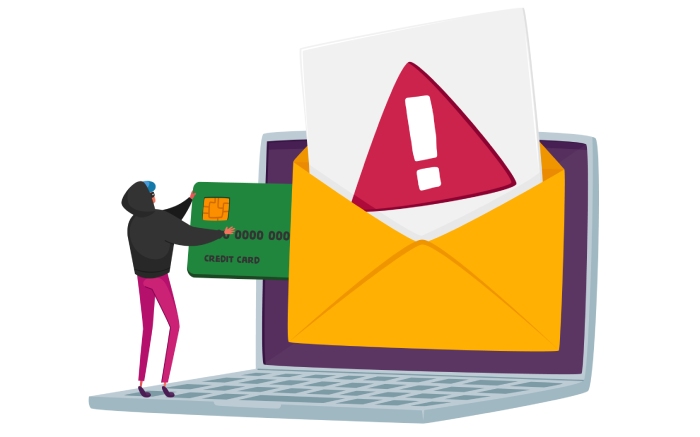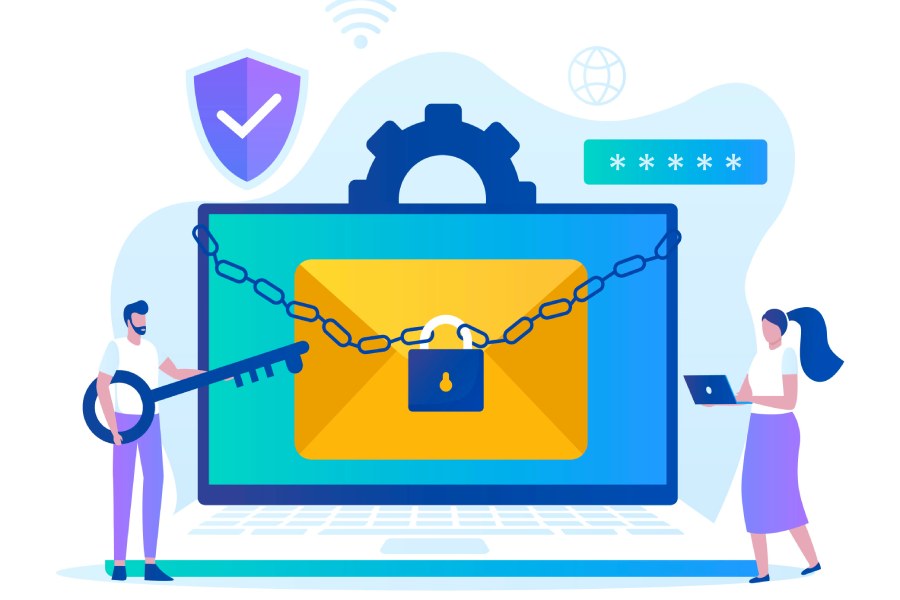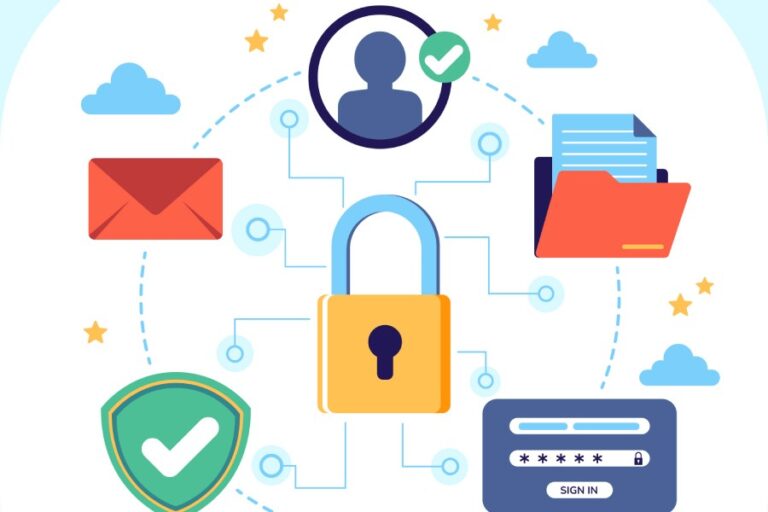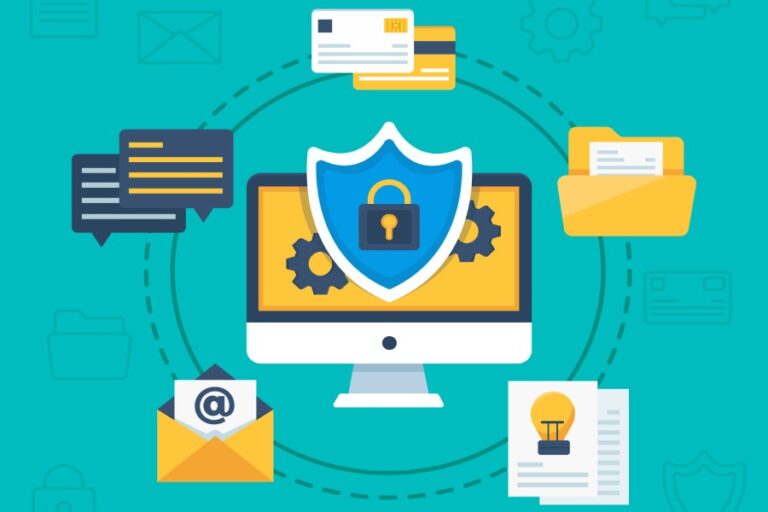An Overview of Email Security Landscape in 2023
Corporate email accounts have been the soft target for malicious actors over the decade. Being in 2023, how resilient is the email security posture of your enterprise? With email threats looking menacingly sophisticated, what could be the best line of defense?
Among other threats, phishing continues to be one of the primary attack vectors. A recent report reveals that phishing emails constituted only 11% of spam in 2021. This figure leaped to 24% in 2022, indicating the potential threat. While organizations have increasingly deployed email security solutions, attackers exploit human vulnerabilities while executing social engineering attacks.
Statistical Insights into the State of Email Security in 2023
The recently published State of Email Security 2023 report by Mimecast reveals the email security landscape for enterprises. Based on the study, the following figures justify the need for security in email servers across organizations.
- 76% of respondents fear email-based cyberattacks to have a severe impact on their enterprises.
- 75% of the respondents reported a rising trend in email-based threats.
- 66% of the organizations were harmed as a result of ransomware attacks.
- 97% of organizations faced email-based phishing attacks.
- 94% of corporate firms believe they need more robust protection against business email compromise attacks than Google Workspace and Microsoft 365 offer.
- 66% of the respondents expressed the need to spend more on email security solutions.

How Robust Does Email Security Look in 2023?
Cybersecurity experts have warned enterprises against the increasing attack vectors in 2023. Organizations must deploy the latest email security solutions and managed security services to bolster their defense mechanisms. The experts have predicted three alarming trends that might jeopardize email security in 2023.
1. 2023 will witness a rise in remote work-based attacks
With working paradigms drastically evolving over the last few years, corporates have a significant part of their employees operating remotely. Email continues to be the key channel of communication. Naturally, malicious actors would target work-from home-systems with phishing emails and malware.
Besides, the chances of compromised collaboration tools are also a grave concern. Slack, Teams, and Asana are some of the most extensively used collaboration tools that remain susceptible to cyber threats.
2. The Phishing-as-a-service economy to get a boost
With the ‘as-a-service’ economy escalating in the digitized ecosystem, phishing attacks remain a constant threat. Attack vectors are innovative with their approach, with spear phishing and whale phishing threatening email security. Organizations must be vigilant and maintain optimal cyber hygiene to draw the line of defense with effective email security solutions.
3. The risk profile of small businesses looks alarming
Attack vectors are looking forward to exploiting the vulnerabilities of small businesses in 2023. While large enterprises are more vigilant about online security, threat actors will likely target smaller ones in 2023. It takes less time to infiltrate their systems. This factor renders small businesses more vulnerable to attackers.
How Can Enterprises Prevent Business Email Compromise Attacks?
Inbuilt security controls may not be robust enough to guarantee security in email servers. Malicious actors find a host of sophisticated ways to get around these controls. So, how well are you prepared to thwart an email compromise attack?
There’s no denying that attack vectors have evolved significantly over the last decade. However, organizations can also equip themselves with many options to leverage email security. Here are a few recommendations to strengthen your defense mechanism against malicious actors.

- Deploy a multi-layered email security strategy. It should prove effective against any infiltration attempt through different attack modules.
- It pays to invest in behavior-oriented analytics that enables organizations to identify red flags instantly. Accordingly, cybersecurity teams working for your organization would respond to these behavioral abnormalities to thwart threats on time.
- Get sophisticated email security solutions to prevent sensitive data from being stolen during email transits. Cybersecurity experts recommend encrypting your data to strengthen the line of defense.
- Look beyond traditional email security controls and incorporate email-specific solutions. For instance, organizations using dynamic crawl abilities have a low-risk profile against email threats.
- Develop a comprehensive security posture to keep the endpoints protected. A proactive stance to review all the files, network activity, and processes can enhance your email security significantly.
- Most importantly, training your staff will leverage your defense mechanism against social engineering. Fostering a healthy security culture in your organization defines your cyber security posture. Make sure to formulate relevant security policies and standards for your employees.
Final Words
As you scale your organizations, having the right email security solutions would streamline your progress, keeping security disruptions at bay. The good news is that organizations can customize their email security solutions with DMARC to suit their individual needs. It justifies why forward-thinking CEOs and business heads work closely with established email security vendors.







